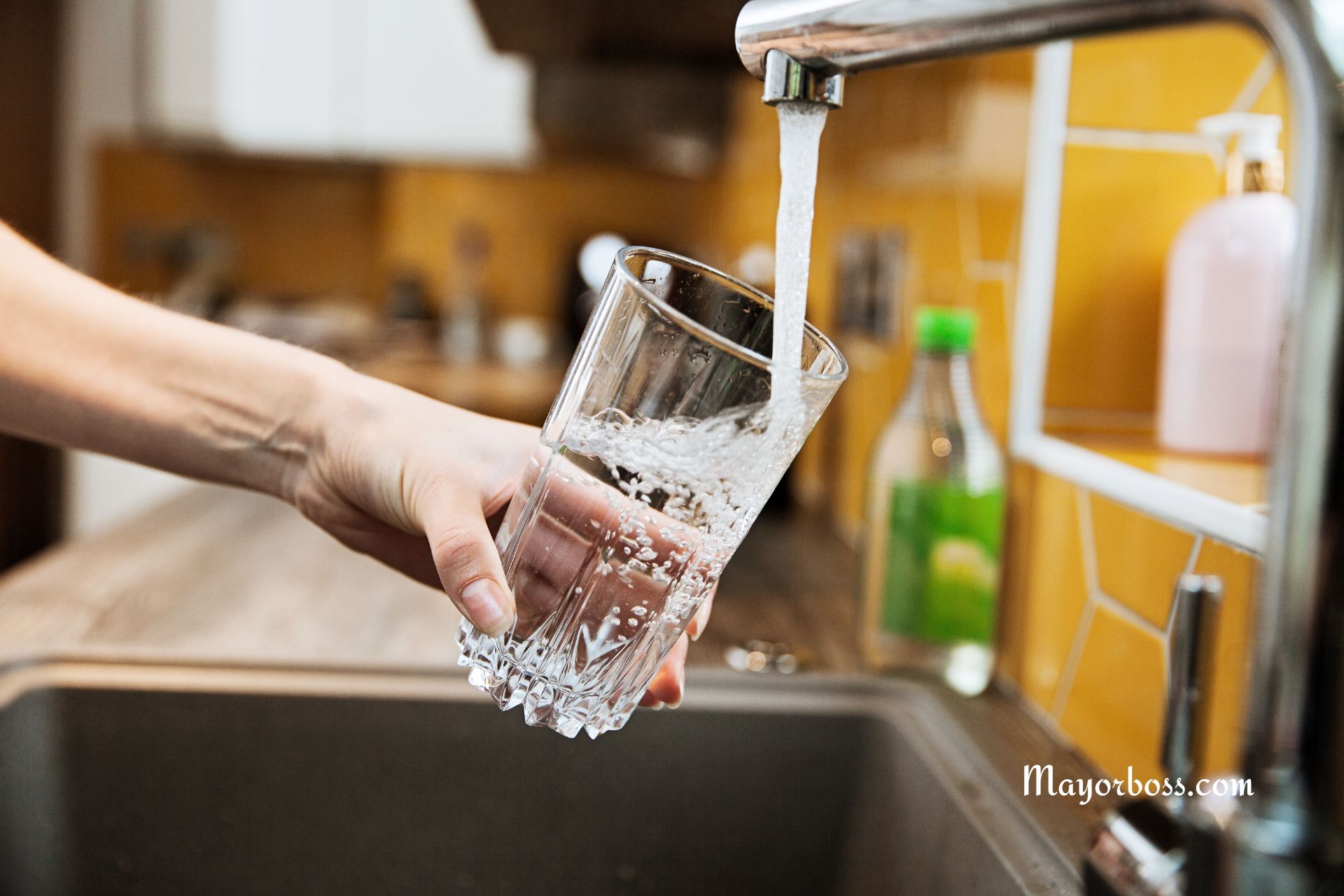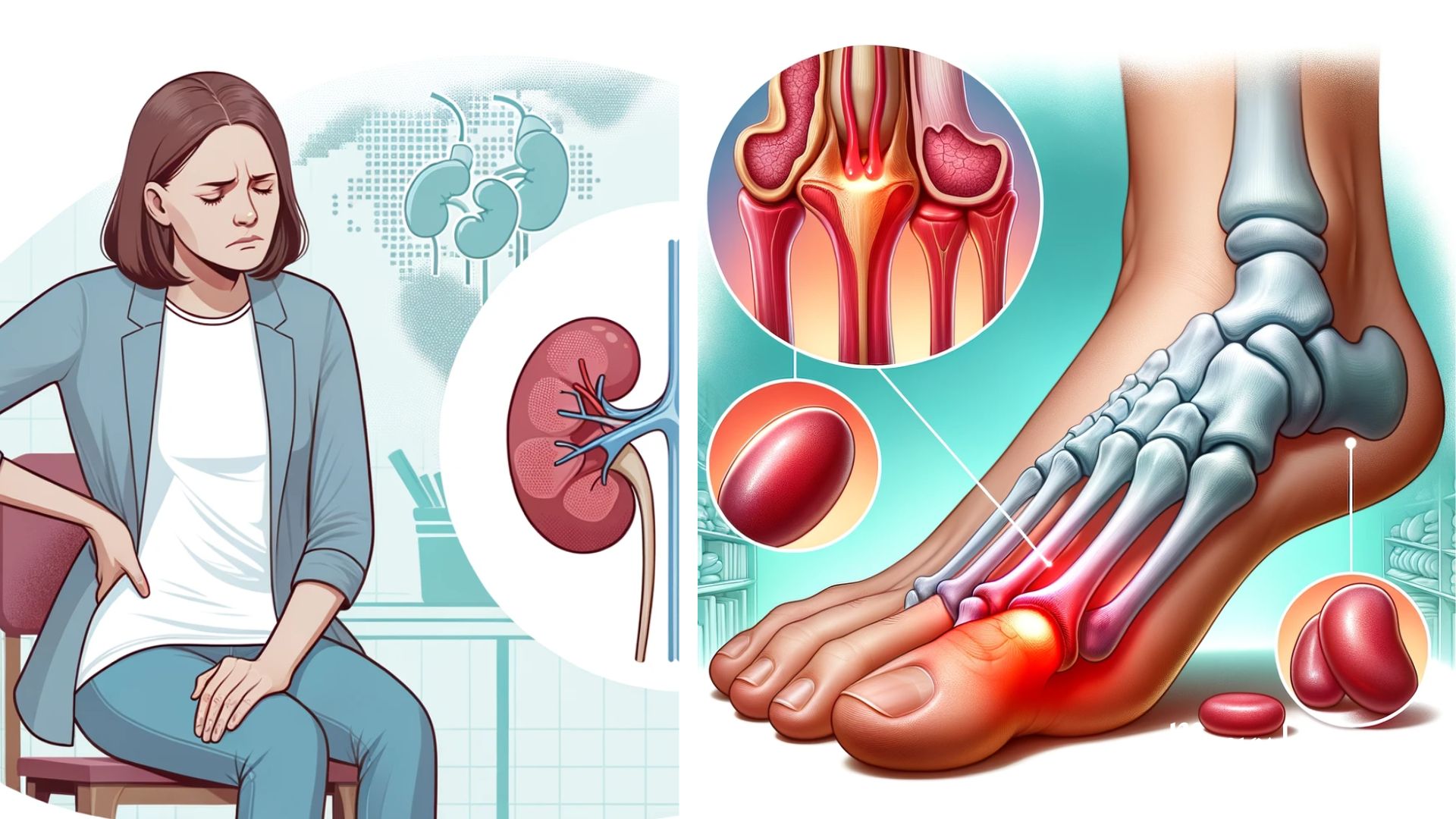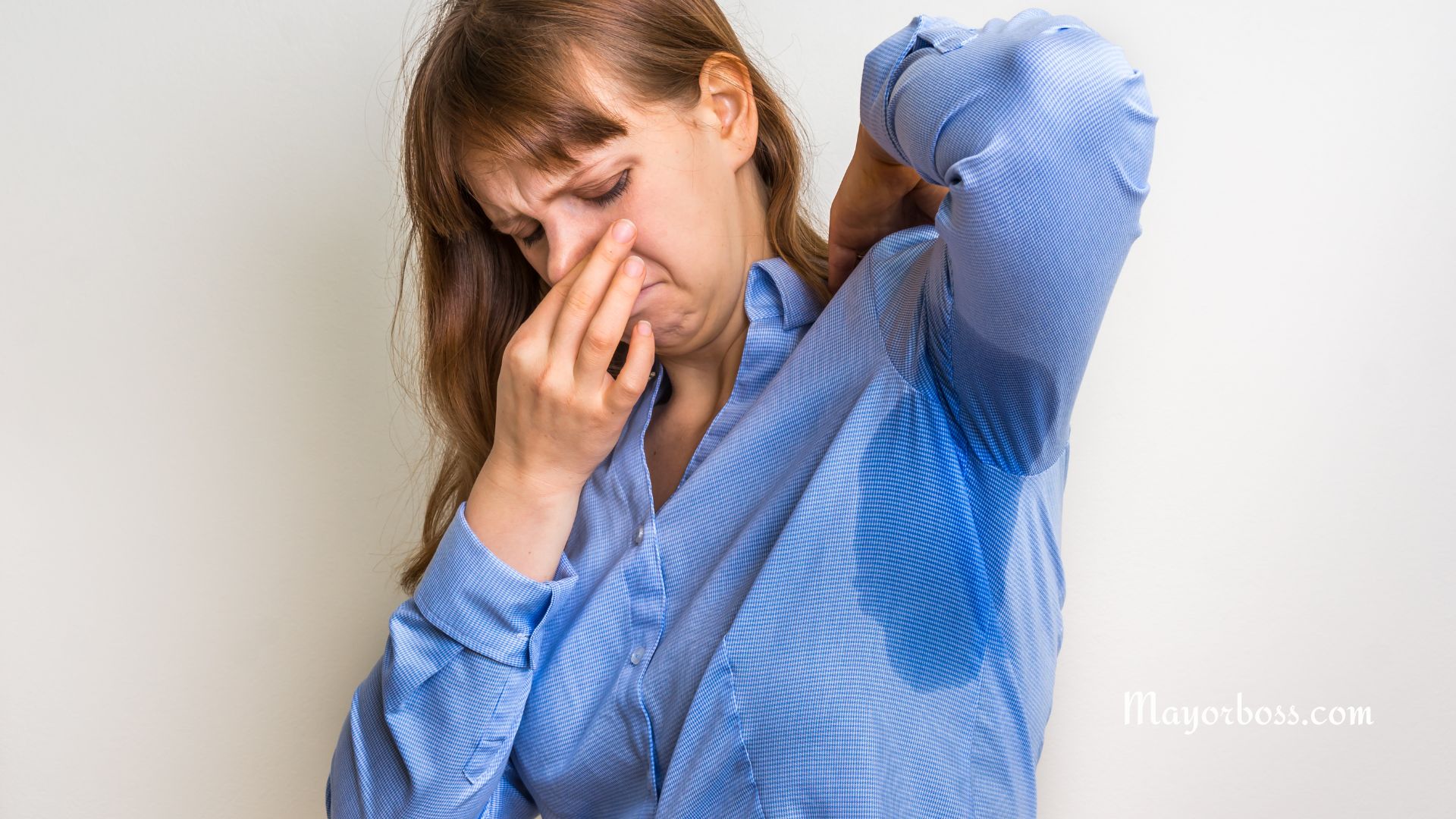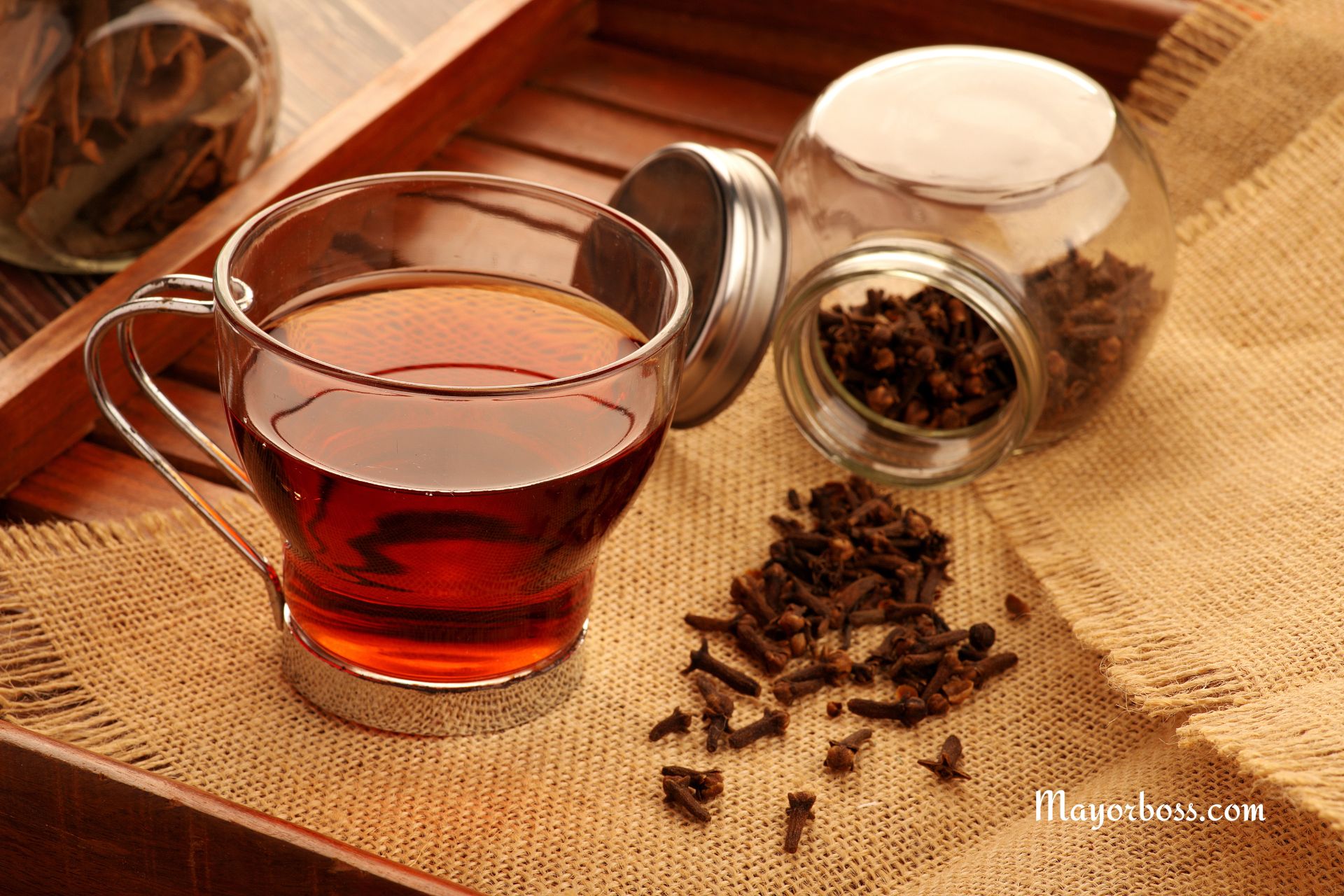Drinking Warm Tap Water: Safe or Harmful? Here’s the Truth
Have you ever reached for the tap, craving a nice glass of water, only to find it warm and not quite as refreshing as you’d hoped? You might have wondered if it’s safe to drink or if you’re better off waiting for it to cool down. Well, you’re not alone. Many of us have been there, and the answer isn’t as straightforward as you might think. So, grab a seat, and let’s get to the bottom of this together.

What’s the Deal with Warm Tap Water?
Warm tap water can raise eyebrows for a couple of reasons. First, the temperature of the water coming out of your tap varies depending on several factors, including the weather, the time of year, and how your home is plumbed. But the temperature isn’t the only thing that changes; the quality of the water can also shift.
Is It Safe to Drink?
Generally, drinking tap water at a warm temperature is not inherently dangerous. However, safety can depend significantly on your home’s plumbing and the water source. For instance, if your pipes are old or made of materials like lead or PVC, warm water can cause these materials to leach into the water more quickly than cold water. Consequently, you might be drinking not just water but also a cocktail of unwanted chemicals.
Moreover, warm conditions can be a breeding ground for bacteria. If your water heater isn’t regularly maintained or set at an appropriate temperature (ideally around 60°C or 140°F to prevent bacterial growth), the warm water from your tap might harbor harmful microorganisms.
What About the Taste?
Besides safety concerns, there’s also the issue of taste. Warm water can taste different from cold water because it tends to dissolve more minerals and impurities, which can alter its flavor. So, even if it’s safe, you might not enjoy it as much.
Steps to Ensure Your Warm Tap Water Is Safe
So, you might be wondering how you can make sure your warm tap water is safe to drink. Here are a few tips:
- Know Your Pipes: If your home has older plumbing, it might be worth getting it checked. Materials like lead are not something you want in your drinking water.
- Regular Maintenance: Ensure your water heater and plumbing system are regularly checked and maintained to prevent bacteria growth and leaching of materials.
- Let It Run: If the tap has been off for a while, let the water run for a minute or so before drinking. This can help flush out any stagnant water that may have been sitting in the pipes, picking up contaminants.
- Use Cold Water for Drinking and Cooking: For cooking and drinking, start with cold water from the tap and then heat it if necessary. This minimizes the risk of consuming contaminants that are more likely to be present in warm or hot tap water.
- Consider a Water Filter: If you’re concerned about impurities, a water filter can be a great investment. It can remove or reduce many contaminants that might be present in your tap water, regardless of its temperature.
When to Consult a Professional
If you have concerns about the quality of your tap water, whether warm or cold, it’s always a wise move to consult a professional. A certified plumber or a water quality expert can assess your home’s plumbing system and provide advice on how to ensure your water is safe for consumption.
Conclusion
While warm tap water isn’t automatically harmful, its safety can depend on several factors, including your plumbing and water heater maintenance. By taking a few precautions, you can enjoy your tap water without worry, whether it’s warm or chilled.
Frequently Asked Questions
- Why does warm tap water taste different from cold? Warm tap water dissolves more minerals and impurities, which can alter its taste compared to cold water.
- Can boiling warm tap water make it safer? Boiling water can kill bacteria and pathogens, making it safer. However, it doesn’t remove chemical contaminants, so it’s essential to know the source of any issues.
- Is it more expensive to use cold water for cooking and then heat it up? The cost difference is minimal, especially when considering the potential health benefits of avoiding contaminants that might be more prevalent in warm tap water.






